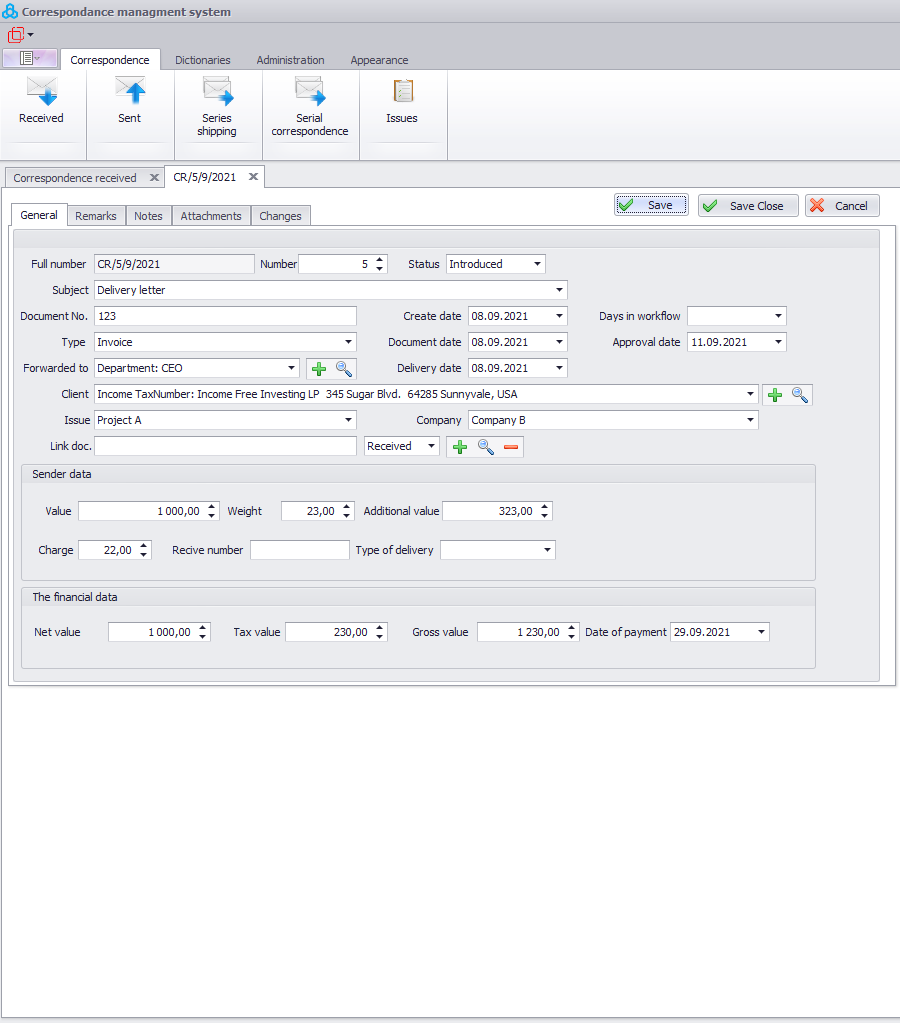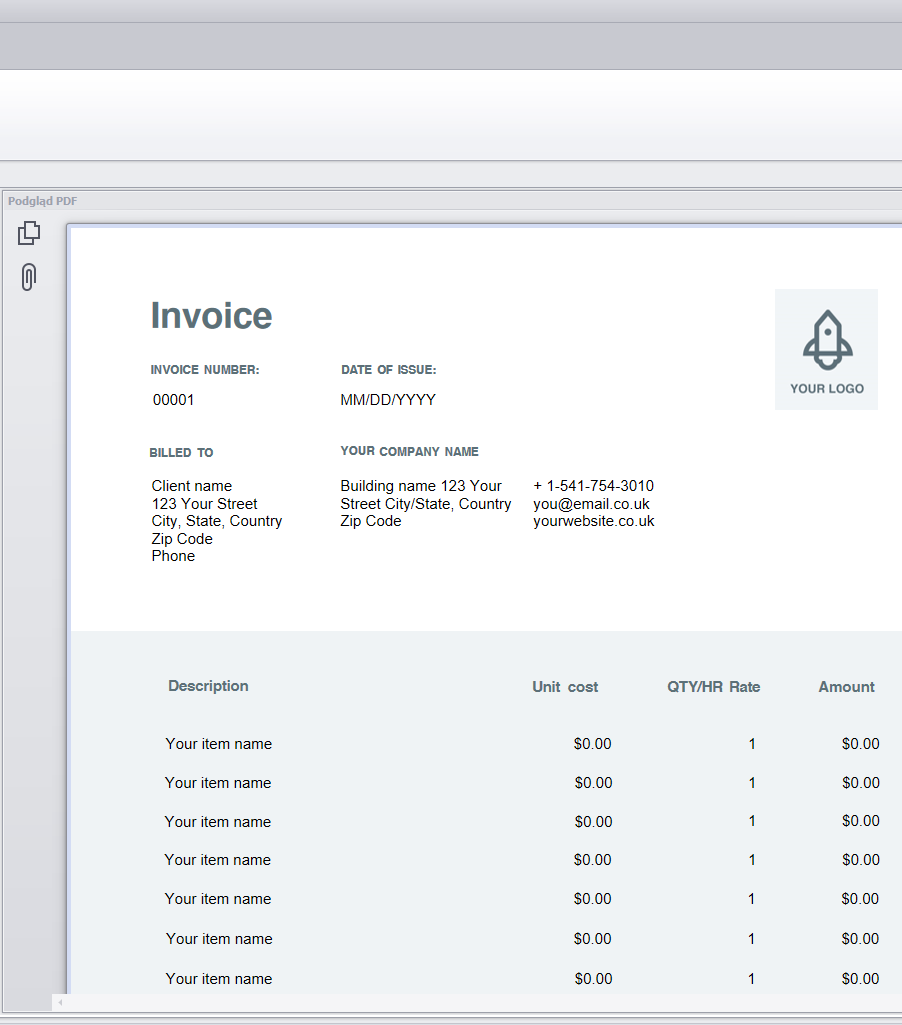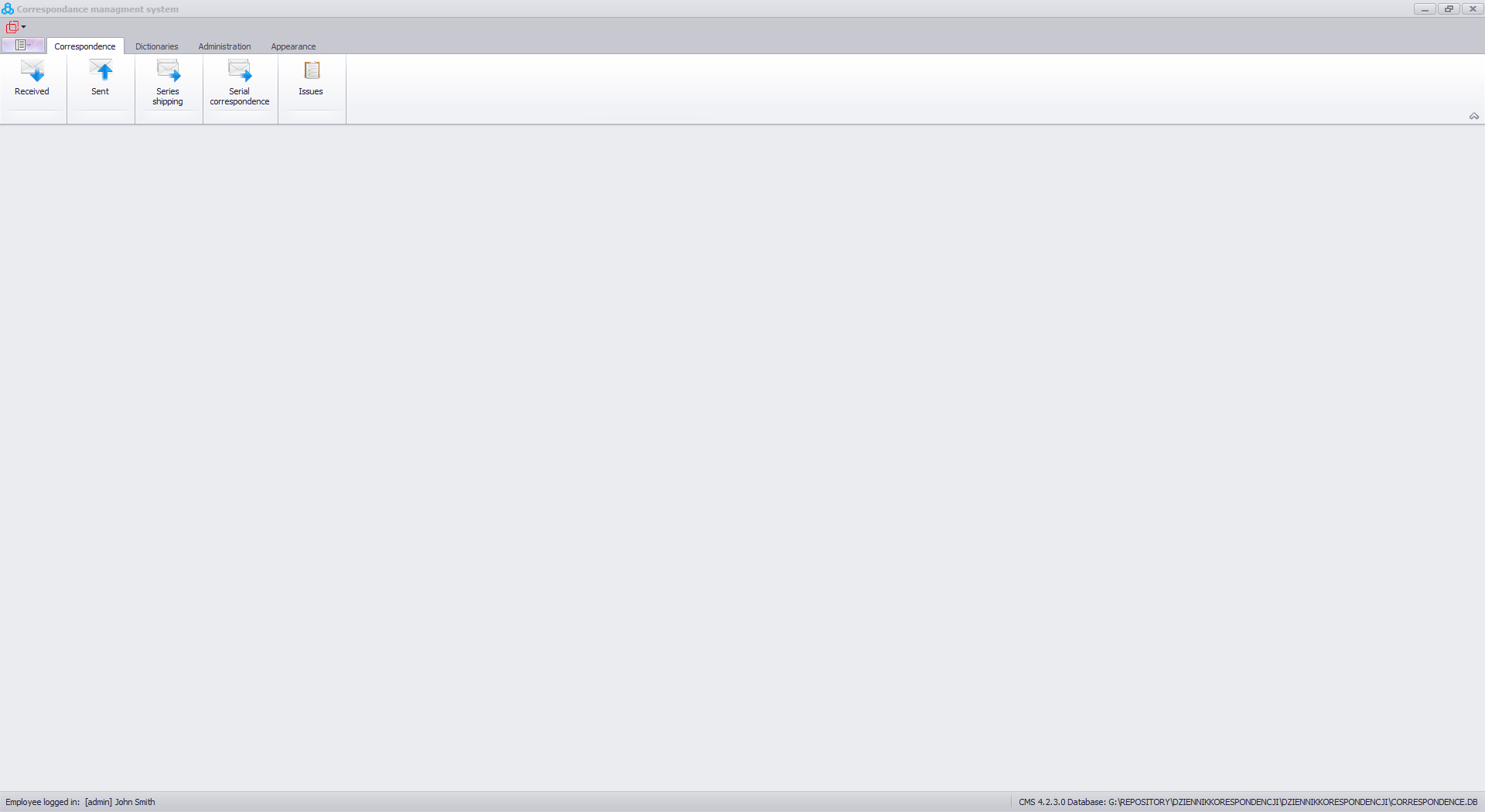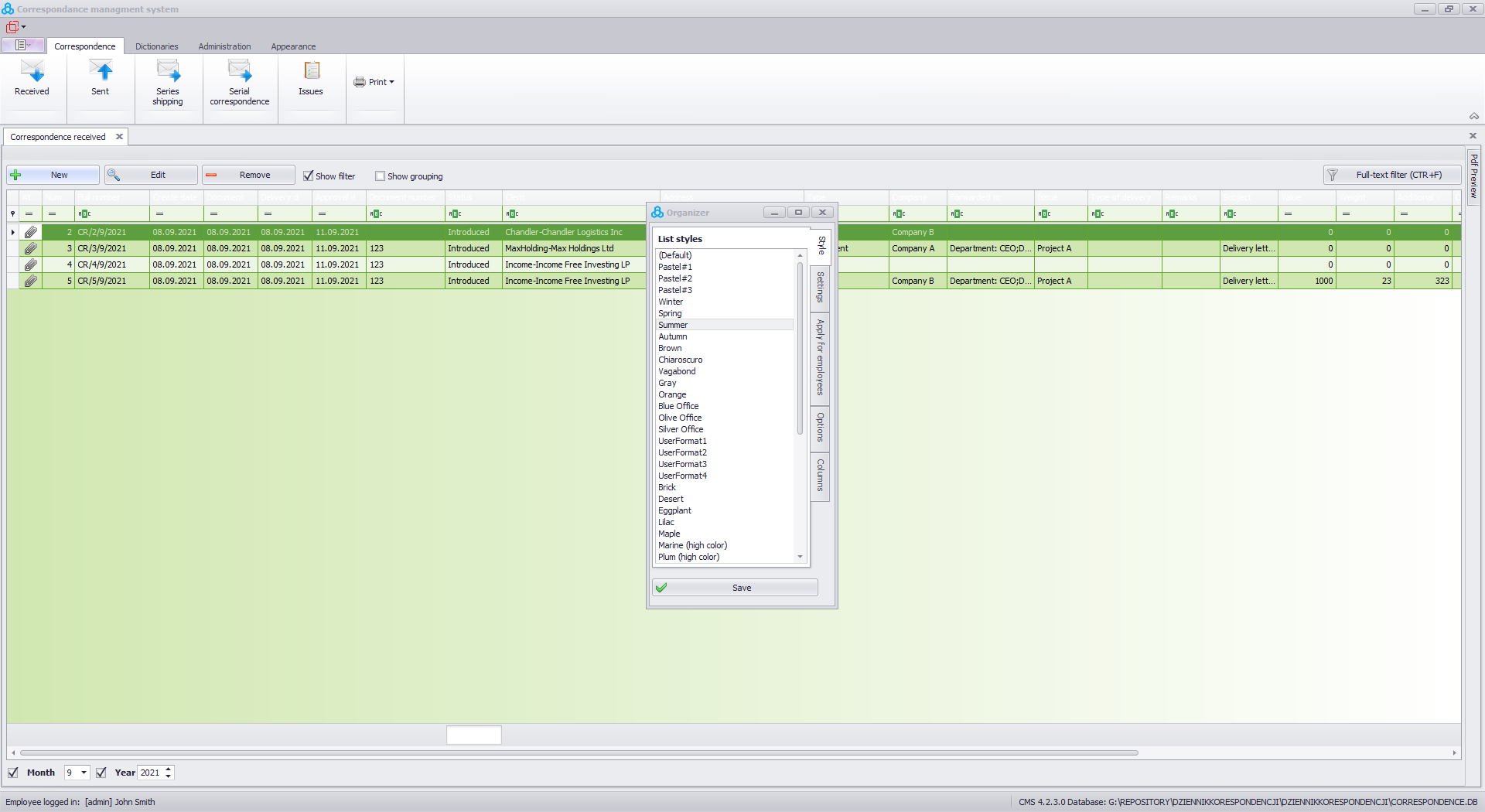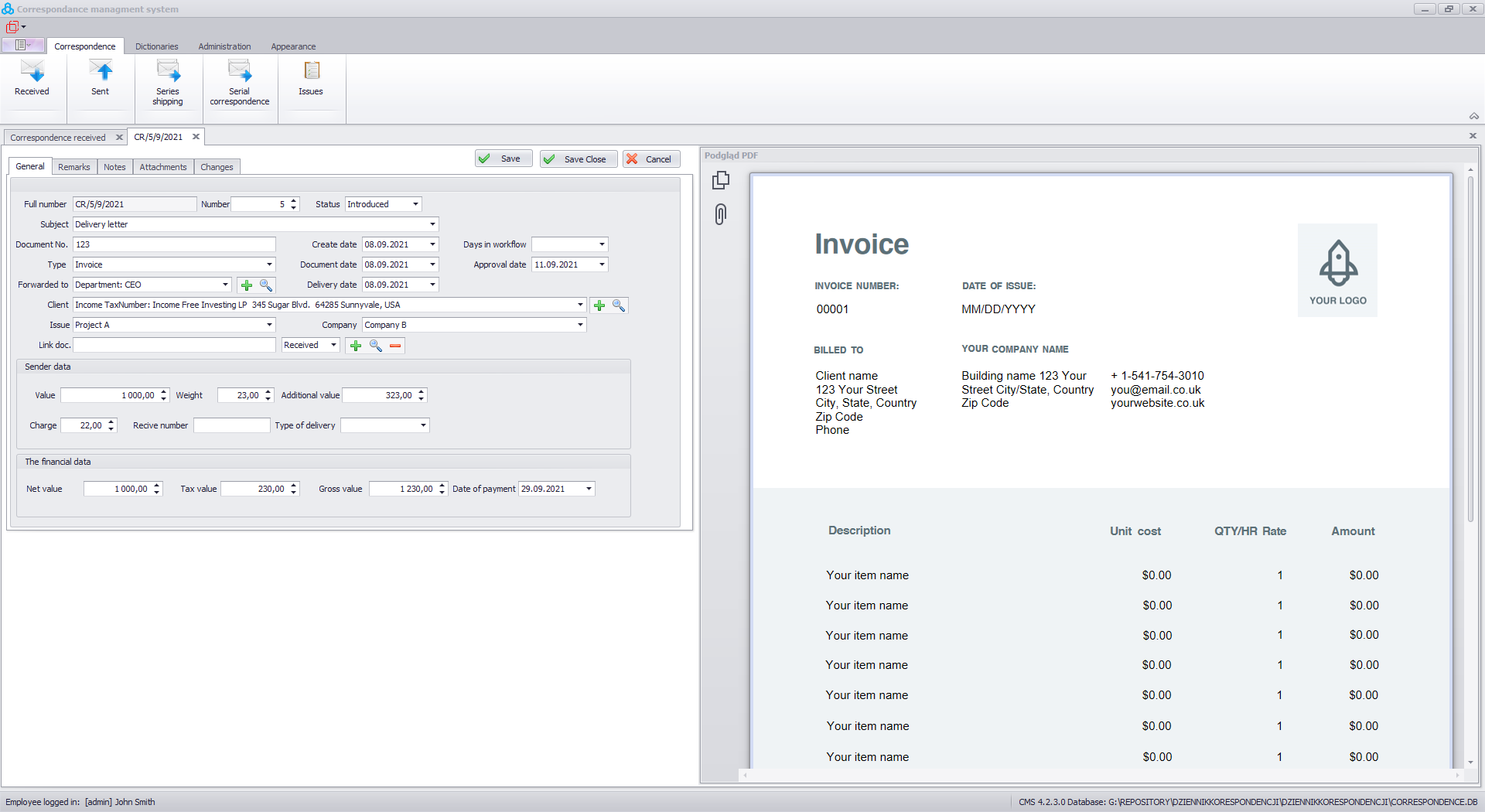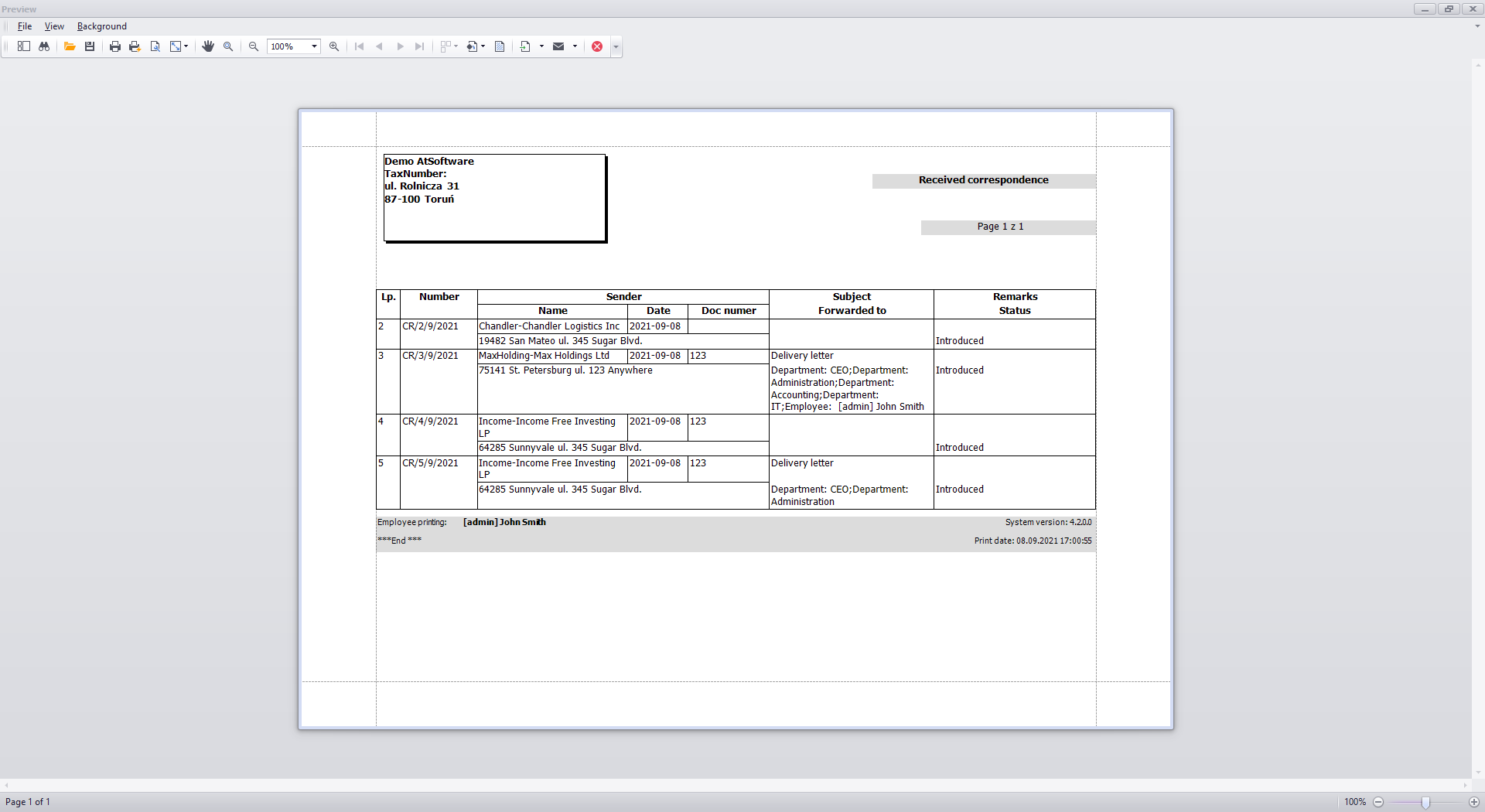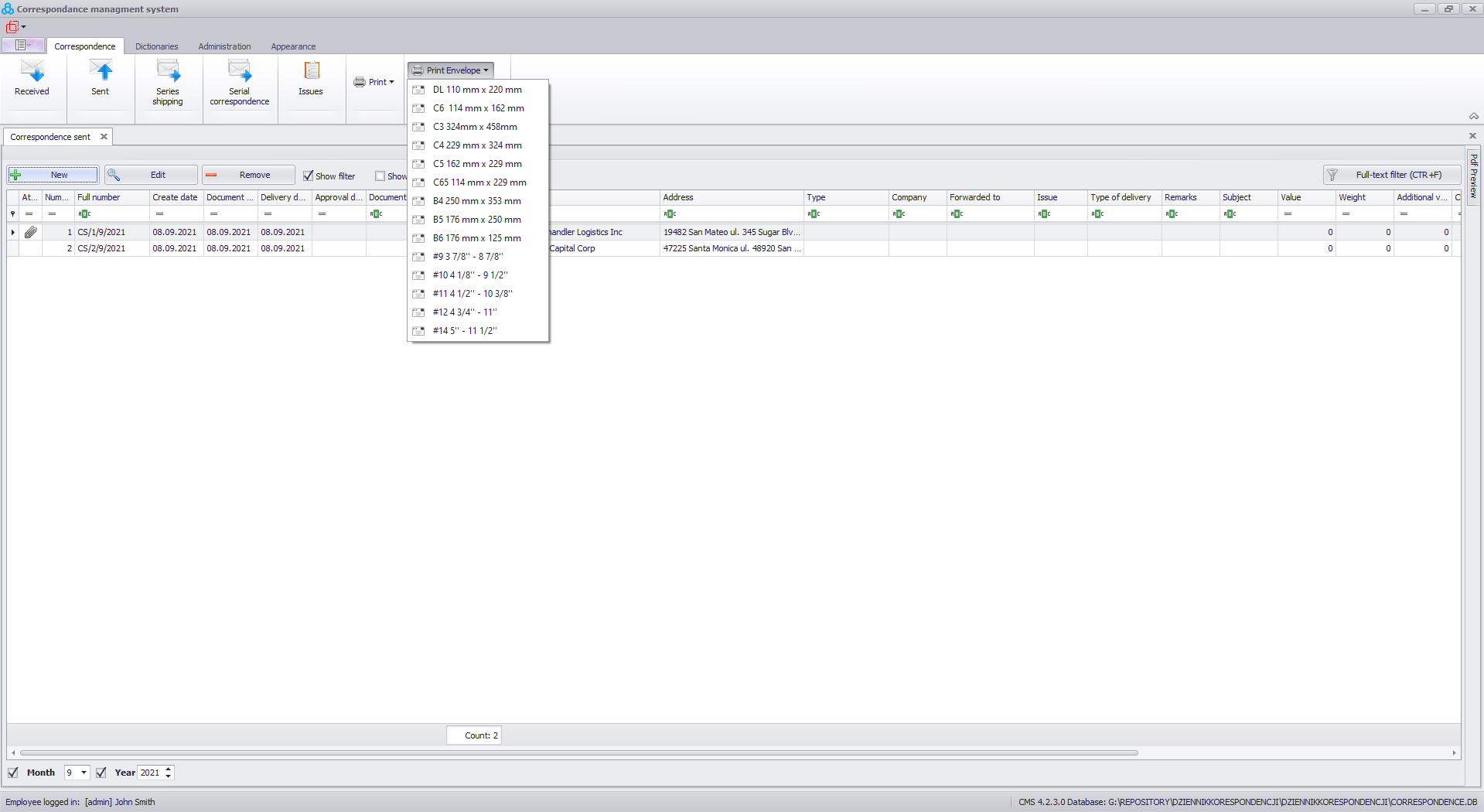Mailroom System Automate Your Handling Of Communication
Join us on a journey to understand the challenges posed by conventional mailrooms, the benefits of embracing automation, and the steps organizations can take to implement a mailroom system tailored to their unique needs.
Definition of Mailroom System
In the intricate web of organizational operations, the mailroom system emerges as a pivotal component that can redefine the way businesses handle communication. To embark on a comprehensive exploration of its significance, we must first delve into the very essence of a mailroom management system.
Explanation of Traditional Mailrooms
Traditionally, the organizational heartbeat resided in the bustling rooms where paper documents, letters, and packages converged. The manual sorting, distribution, and tracking of these physical communications formed the backbone of the conventional mailroom. This method, while functional, often proved to be time-consuming, error-prone, and lacked the agility required in the contemporary business environment.
Introduction to Automated Mailroom Systems
In contrast, the automated mailroom system represents a paradigm shift in how organizations manage their influx of communications. Leveraging advanced technologies such as Optical Character Recognition (OCR) and sophisticated sorting algorithms, these systems convert the traditional, physical mail processes into digital, streamlined operations. Mailroom automation software becomes the catalyst for efficiency, speed, and precision in handling the multifaceted nature of modern communications.
Benefits of Implementing a Mailroom System
The decision to embrace a mailroom system isn’t merely an upgrade; it’s a strategic move toward a more efficient, secure, and agile organizational ecosystem. In this chapter, we explore the myriad benefits of an integrated digital mailroom that organizations stand to gain by implementing a state-of-the-art mailroom system.
Time and Cost Efficiency
One of the most immediate and tangible advantages of a mailroom system lies in the significant reduction of manual labor. Automating the sorting, correspondence tracking, and distribution of communications minimizes the need for extensive human intervention. Traditional mailrooms, characterized by stacks of paper and physical storage units, incur substantial costs related to paper, ink, and storage space. By transitioning to an automated mailroom system, organizations can realize substantial cost savings.
Enhanced Security
Security is paramount in the contemporary business landscape, and the mailroom system rises to the challenge by offering robust digital mailroom services tracking and auditing capabilities. Every piece of communication, from documents to packages, is logged and tracked in real-time.
Improved Employee Productivity
The automation of mailroom processes allows employees to redirect their focus from routine mail handling tasks to more strategic and core responsibilities. By liberating staff from the time-consuming aspects of sorting and distributing physical mail, organizations empower their workforce to engage in higher-value activities that contribute directly to the achievement of organizational goals.
Screenshots
The Challenges of Traditional Mailrooms
In the evolution of the modern workplace, traditional mailrooms, once the central nervous system of communication within organizations, now face a series of challenges that impede efficiency and adaptability. This chapter delves into the inherent difficulties posed by traditional mailrooms and how they create bottlenecks in the smooth flow of communication.The modern mailroom starts here.
Manual Sorting and Distribution
The manual sorting and distribution processes that characterize traditional mailrooms are inherently time-consuming. Each piece of communication, whether it’s a letter, document, or package, requires manual handling for sorting and delivery. This not only prolongs the time it takes for communications to reach their intended recipients but also introduces delays in critical organizational processes.
Lack of Visibility Difficulty in Tracking Communication
One of the significant drawbacks of traditional mailrooms is the lack of real-time visibility into the status and location of communications. Tracking the journey of a document or package through a manual system is a cumbersome process, often requiring extensive documentation and manual record-keeping. This lack of visibility hampers the ability of organizations to monitor and optimize their communication processes.
Limited Accessibility Dependency on Physical Presence
Traditional mailrooms often operate on the premise of physical presence, requiring individuals to be on-site to send, receive, or collect their communications. This dependency limits accessibility, especially in scenarios where remote work is increasingly becoming the norm. Employees who are not physically present may experience delays in receiving critical correspondence, hindering collaboration and decision-making.
Get It Now
We would love you to evaluate our product, use the links below to download the installer. If you have any questions regarding installation please just ask.
Correspondence Manager is available with no limitations on functionality or user count for the 14-day trial period.
Before proceeding, please read the End User License Agreement (EULA).
How Mailroom Systems Automate Communication Handling
In the dynamic landscape of organizational communication, the emergence of mailroom systems signifies a transformative leap from traditional, manual processes to automated, efficient workflows. This chapter explores the intricate mechanisms through which mailroom systems leverage technology to revolutionize the handling of communications within organizations.
Electronic Notification Systems
In the digital age, speed is of the essence. Mailroom systems incorporate electronic notification systems that provide instant alerts for incoming mail or packages. Whether it’s an important document or a time-sensitive package, recipients are promptly notified, ensuring that they can take timely action. This real-time notification mechanism enhances organizational responsiveness and minimizes delays in critical communication.
Streamlining Communication Within the Organization
Beyond individual notifications, electronic systems streamline communication and operations within the entire organization. By centralizing communication alerts, employees gain visibility into the broader context of organizational correspondence. This not only fosters collaboration but also ensures that information flows seamlessly across departments, enhancing overall communication efficiency.
Choosing the Right Mailroom System for Your Organization
Selecting the appropriate mailroom system for your organization is a strategic decision that hinges on understanding the unique needs and aspirations of your business. In this chapter, we explore the crucial steps in evaluating and selecting the right mailroom system to seamlessly integrate with your organizational framework.
Assessment of Organizational Needs
Before diving into the myriad options available in the market, a thorough assessment of your organization’s needs is paramount. Consider the following aspects:
- Communication Volume: Evaluate the volume and variety of communications your organization handles regularly. This will help determine the scalability requirements of the mailroom system.
- Workflow Processes: Understand your existing workflow processes. Identify pain points in manual handling and areas that could benefit from automation.
- Security Requirements: Assess the sensitivity of the information handled in your communications. Determine the level of security and authorization controls needed to safeguard critical data.
- Integration with Existing Systems: Consider the compatibility of the mailroom system with your existing organizational systems. Seamless integration is key to a cohesive and efficient workflow.
Key Features to Look for in a Mailroom System
Integration Capabilities
Why it Matters: Integration capabilities ensure that the mailroom system can seamlessly connect with your organization’s existing software and systems. This integration not only facilitates smoother operations but also avoids disruptions in workflow.
Considerations:
- Compatibility with existing communication tools and platforms.
- Ease of integration with document management systems and collaboration tools.
- Ability to adapt to future integration needs.
Scalability
Why it Matters: Scalability is essential for accommodating the evolving needs of your organization. A mailroom system should be able to grow with your business, handling increased communication volumes and expanding functionalities.
Considerations:
- Capacity to handle a growing number of users and increased communication traffic.
- Flexibility to adapt to changes in organizational size and structure.
- Availability of additional features/modules for future expansion.

